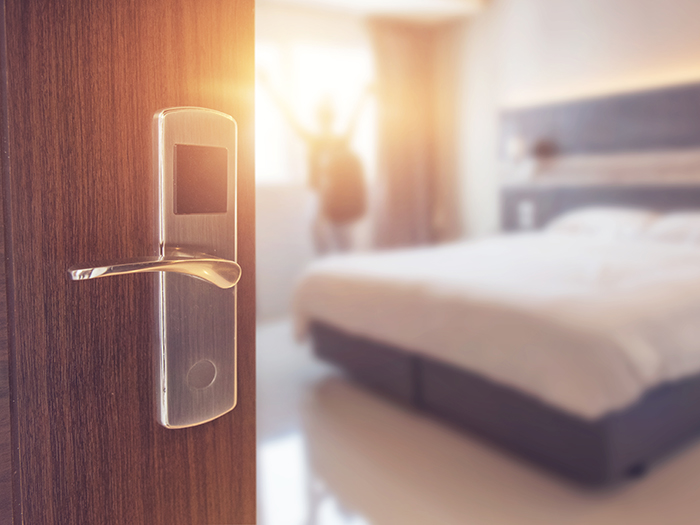Risk Insider: Kate Browne
Getting Higher: How Cable-less Elevators Will Support the Cities of Tomorrow
In 1885, the Home Insurance Company moved into what is considered the first steel frame skyscraper — a 138 foot tall building in downtown Chicago. Today, technological innovations allow us to build to massive skyscrapers such as the 167-story building under construction in Saudi Arabia.
Such amazing heights would not be possible without the elevator. According to one study, more than 12 million elevators around the world make 7 billion trips and carry more than 1 billion people every day!
More important than the convenience factor is technology’s role in creating and supporting a sustainable future.
But elevators still only go up and down, and traditional steel-rope-hung elevators can only go approximately 1600 feet. This is why we don’t have elevators like the ones in “Charlie and the Chocolate Factory” or the “Harry Potter” movies which go up, down, sideways, and even diagonally.
However, German elevator manufacturer Thyssen Krupp is testing a system that could change all of that. It would replace the cables in elevators with electric linear induction motors, the same kind of contactless energy systems that are used in the magnetic levitation trains in China and Japan.
Because they won’t have ropes, the cable-less elevator cars could move horizontally, sharing a building’s shafts and passageways. The elevator’s motors pivot to follow a powered track, while the floor of the cabin remains level. More cars will be able to travel in a single shaft freeing up space for residential or commercial use. And there’s no inherent limit to how far they can travel.
As a result, it may someday be possible to build large building complexes connected in the sky. Imagine living on the 100th floor and going sideways to the next tower to see your doctor or to pick up milk at the grocery store.
The expertise of the surety community will be a key driver for smarter cities.
More important than the convenience factor is technology’s role in creating and supporting a sustainable future. Today more than half the world’s population live in urban areas. Experts estimate that by the end of the century, 70 percent of people will live in cities. High-rise buildings may be the most economical and environmentally viable solution to urban population growth. Taller buildings provide more living and working space without increasing their ground footprint.
They may also become a key partner with urban planners and power companies to support the creation of the “smart” electric grid, which will use computers, automation and controls to digitally respond to customers’ changing energy needs.
Of course, there will be physical constraints and efficiency limits on how many elevator cars will someday move sideways through a maze of shafts and passageways. Property insurers will need to work with their policyholders to determine what type of supports and reinforcements will be needed to safely move people and machinery. Additionally, the expertise of the surety community will be a key driver for smarter cities.
However, just as the Home Insurance Company led the way more than a century ago, the industry will open the door to new possibilities – in all directions!










